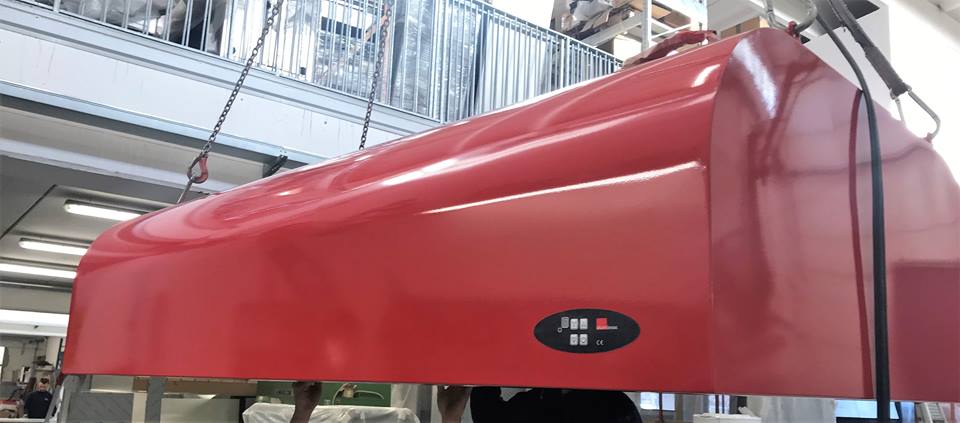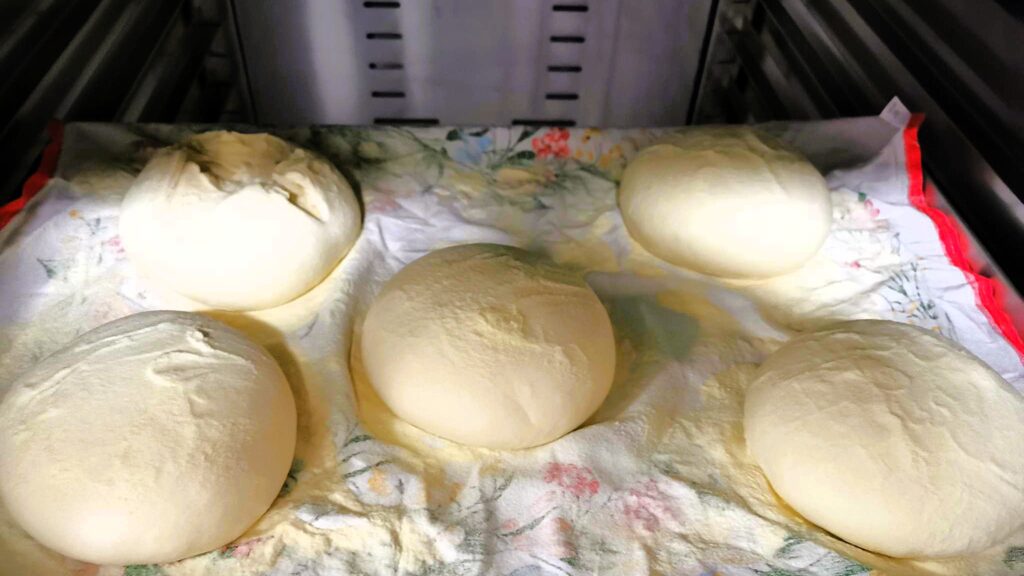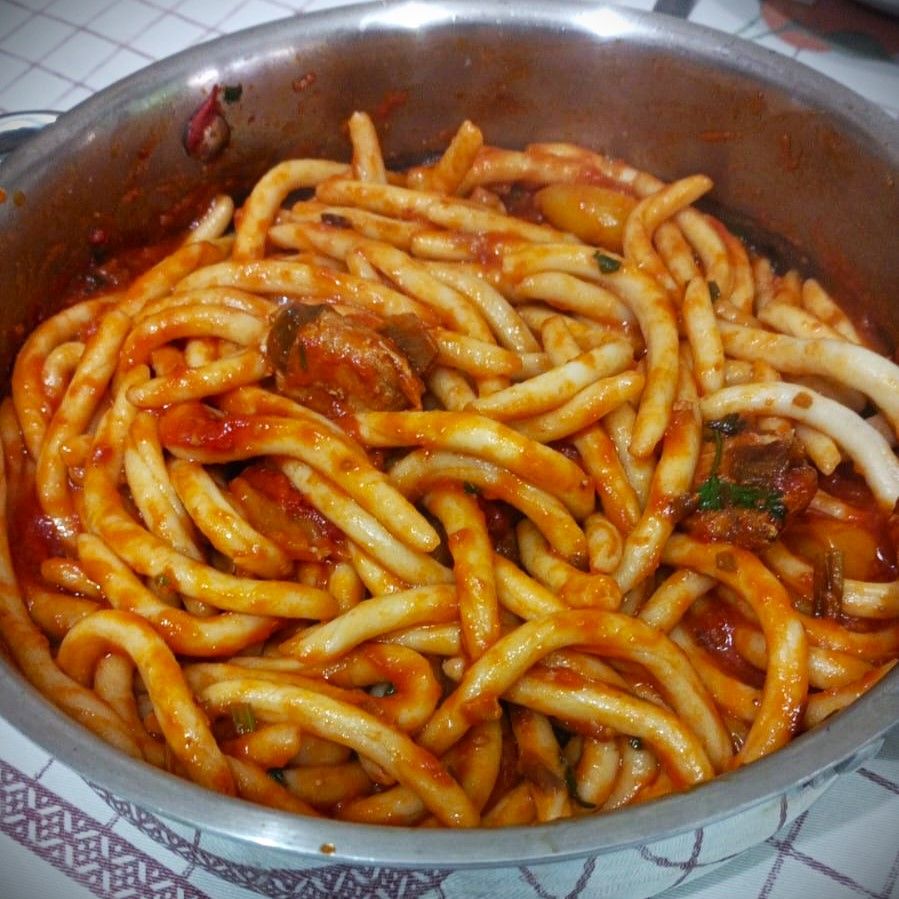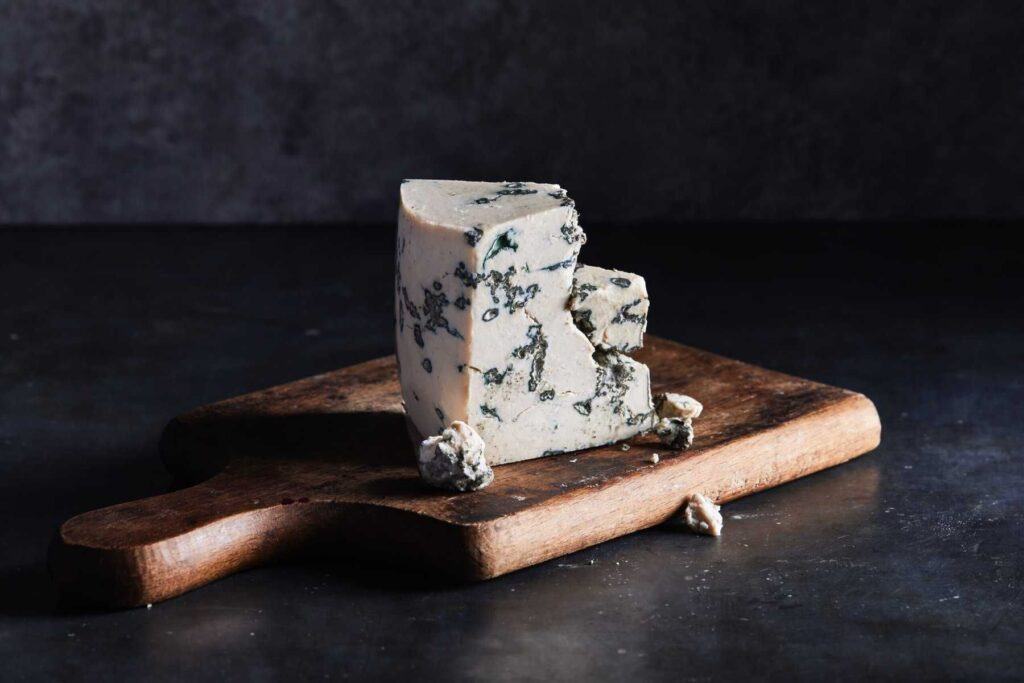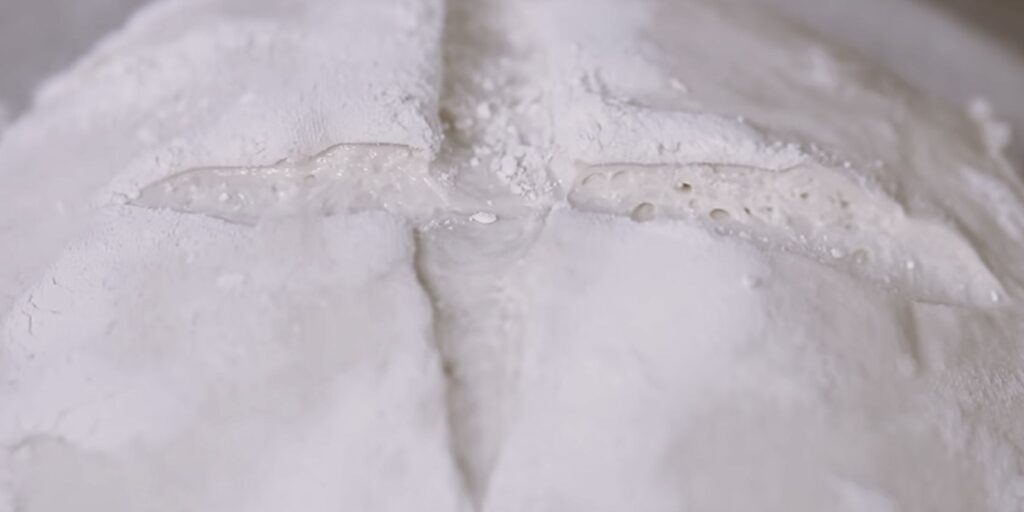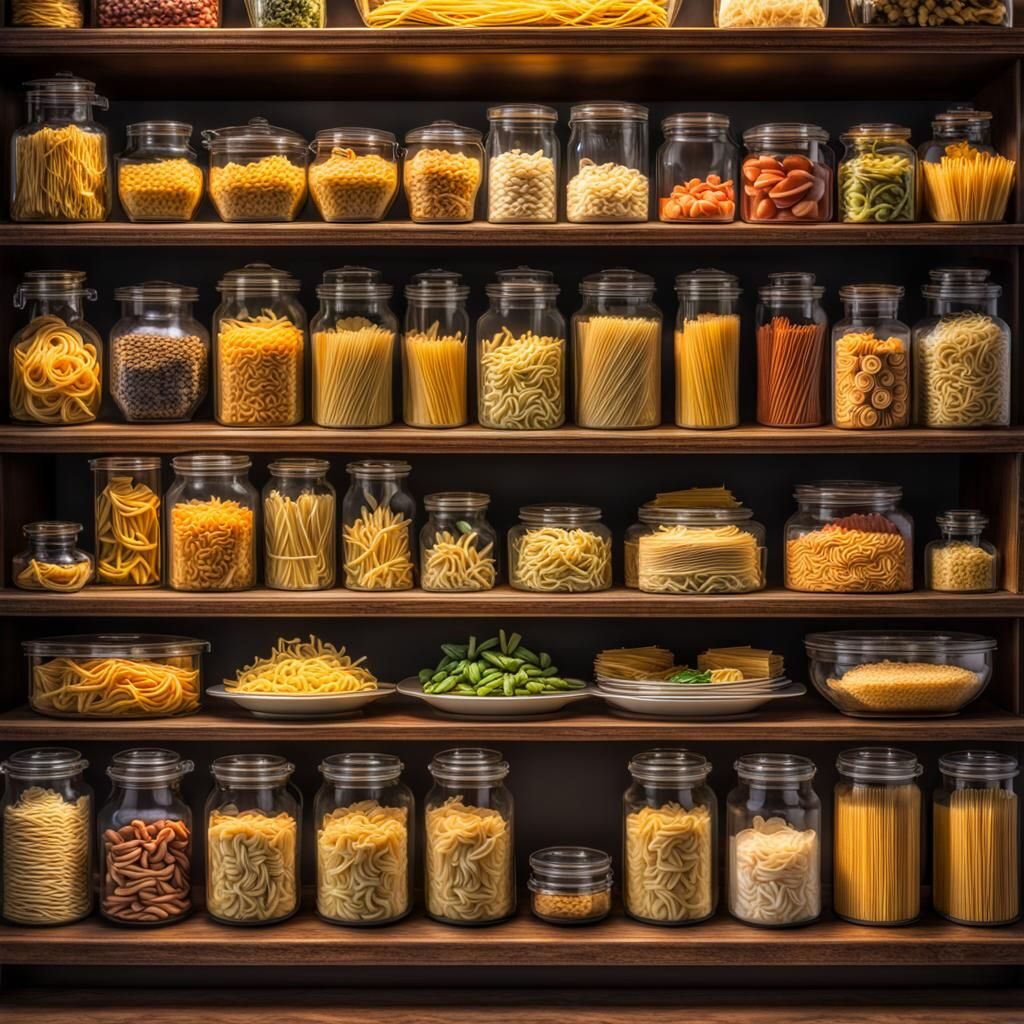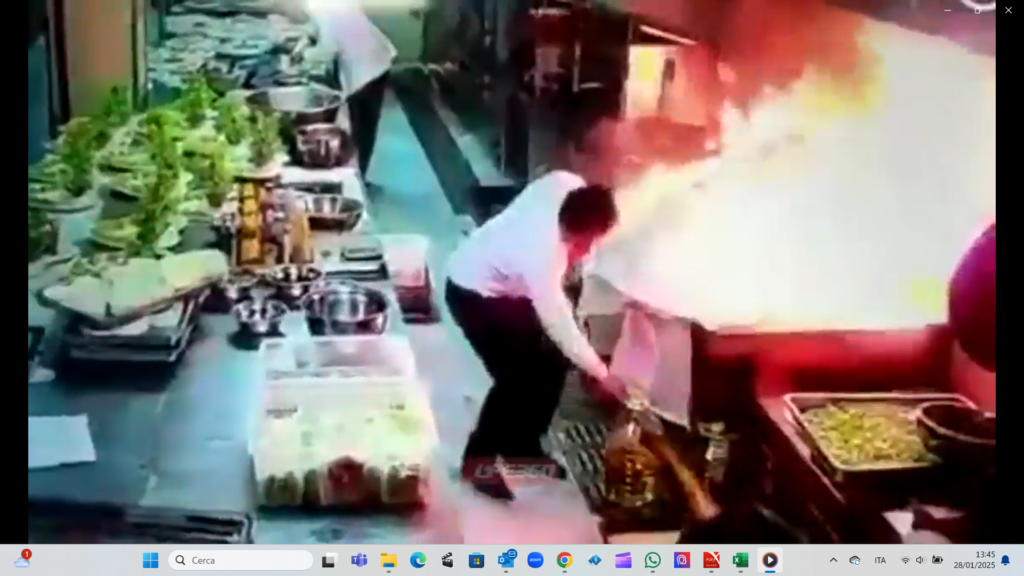How many smells are there in the world?
No, stupid question. Let me rephrase that.
How many odours can the human sense of smell perceive?
A hasty search on Wikipedia will give you an answer of around 10,000.
On the other hand, this was what was commonly believed within the scientific community.
Nonetheless, in 2014 a team of researchers from The Rockefeller University in New York published a study with a rather evocative title: “Humans can Discriminate more than one Trillion Olfactory Stimuli“.
The two estimates, at first glance, do not seem to coincide…
In any case, regardless of how many zeros we add, a team of researchers from Bates College in Maine (USA) has identified 10 macro categories of odours, called “clusters”.
Let’s be clear: perfume, stink, or whatever… that’s up to our receptors to decide. How we perceive an odour is an individual process that cannot be described by universally valid rules.
The result arrived at by the above team is just a “categorization”, published in an article with a title that is probably unattractive for those without a scientific background: “Categorical Dimensions of Human Odor Descriptor Space Revealed by Non-Negative Matrix Factorization“.
In any case, the categories of odours found are:
– Fragrant: i.e. those sweet aromas that recall floral bouquets and freshly cut grass.
– Woody: the smell of leaves, resins, shrubs or tree bark.
– Fruity: the typical smell of freshly cut fruit (such as that of green apple or banana peel), except citrus fruits
– Decayed: well, think of the worst smells you’ve ever come across. Now multiply them by two… Here’s what the “rotten” cluster contains.
– Chemical: the typical smell of chlorine or bleach, ozone, paint or petrol. Just to give you an example, the smells you perceive in hospitals and swimming
pools, so to speak.
– Refreshing: the smell of mint, anise and liquorice. But also camphor and eucalyptus
– Sweet: the typical smell of cotton candy, chocolate, and vanilla.
– Smoked: not unpleasant smells, but certainly “intenses”. The scent of popcorn, almonds or peanut butter belongs to this category. Do you know the “umami” taste? Well, this is its counterpart for the nose!
– Moldy: see decayed, but more bearable. The smell of spoiled fruit, or that of a gas leak (which is not the smell of methane, but rather of “thiols”)
– Citrus fruits: oranges, lemons, cedar… they are such particular smells that they need their own category!
In conclusion, perhaps the list of smells will not be exhaustive (and I believe you… there are a billion of them!).
What I can recommend is, if you run a restaurant or a catering business, to equip yourself with a hood capable of extracting cooking odours and fumes.
As it happens, I collaborate with Aluminox, a company that manufactures extractor hoods.
Fortuitous coincidence, right?

 Italiano
Italiano
